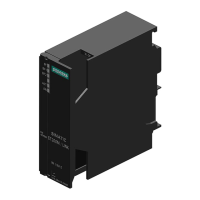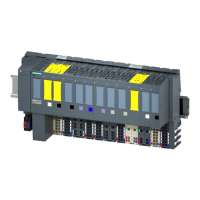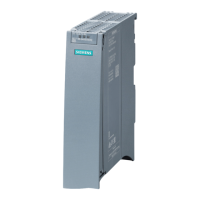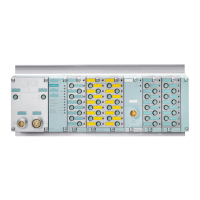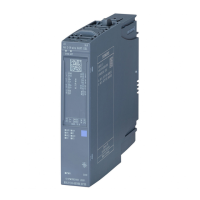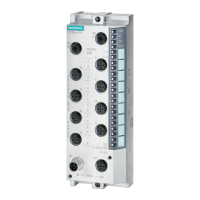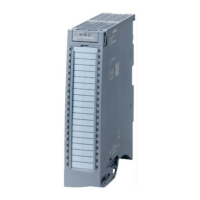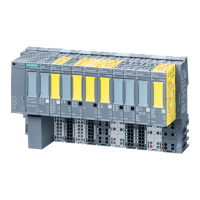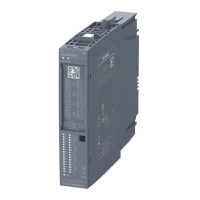Description
2.2 Structure of PROFIBUS networks
PROFIBUS with STEP 7 V13
Function Manual, 12/2014, A5E03775446-AC
25
Passive components for optical networks
2.2.2.1
Fiber-optic cables
Types of fiber-optic cables
Data transmission with fiber-optic cables takes place through modulation of electromagnetic
waves in the range of visible and invisible light. These cables are made of high-quality plastic
fibers and glass fibers:
● Plastic and PCF fiber-optic cables (Page 26)
● Glass fiber-optic cables (Page 27)
The different types of fiber-optic cables provide solutions matched to the operating and
environmental conditions for the connection of components with each other.
Fiber-optic cables offer the following benefits when compared with electrical cables:
● Galvanic isolation of the devices and segments
● No potential equalization currents
● No impact on transmission path through external electromagnetic interference
● No lightning protection elements required
● No noise radiation along the transmission route
● Low weight
● Depending on the type of fiber you can implement cable lengths up to few kilometers at
even higher transmission rates.
● No dependency of the maximum permitted distances on the transmission rate
Additional information of the properties and technical specifications of the passive
components and connectors for fiber-optic cables is available in the PROFIBUS network
manual (http://support.automation.siemens.com/WW/view/en/35222591).
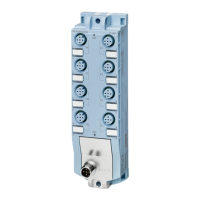
